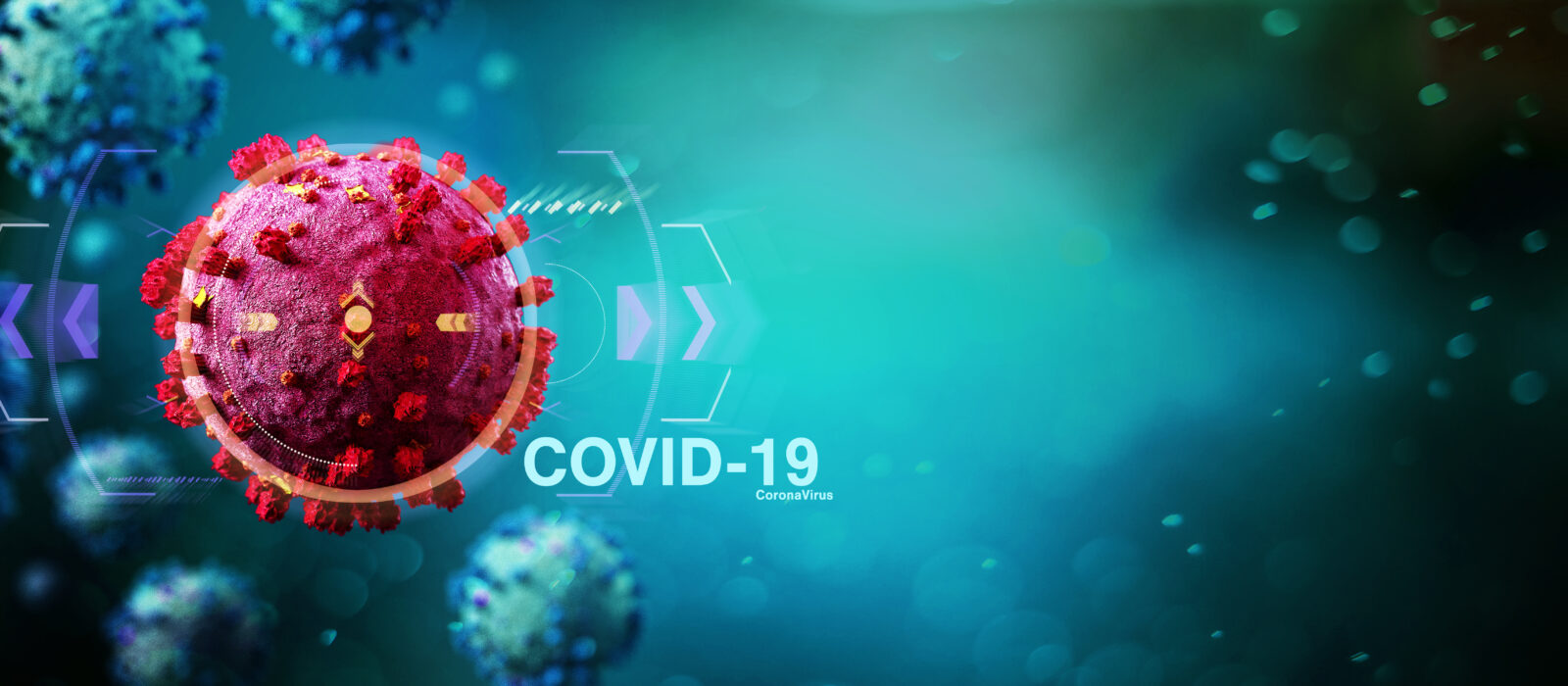SARS-CoV-2 entry is mediated by the spike S protein, recognizing the cellular receptor ACE2 that is expressed in various tissues: lung, heart, and blood vessel but also in the intestine. Intestinal infections by SARS-CoV-2 have been already reported (Xiao et al., 2020). Also we and others could observed the uptake of pseudovirus expressing S (from SARS-CoV-2) in human colon like cell line (Hoffmann et al., 2020).
However, to which extent the intestine is targeted by the virus (small intestine or colon) and the consequence of this infection on the viral dissemination is not known yet. Furthermore, the consequence of SARS-CoV-2 infection to the gut homeostasis has not been clearly studied. In the intestine, ACE2 is implicated in amino acid transport impacting the gut microbiota and the inflammatory response (Hashimoto et al., 2012). Knowing that patients having inflammatory syndrome or/and dysbiotic microbiota have higher risks to develop more severe COVID19, intestinal infections may play an important role in aggravating the disease. Therefore, investigating coronavirus infection at the intestinal barrier will give some important feedback on the COVID-19 disease and epidemic.
SARS-CoV-2 infection is specific for humans and hence the community lacks for accurate small animal models to study the infection in vivo. An alternatative approach would be to use human biomimetic gut by using the newly developed organ-on-chip devices that combine tissue engineering and microfluidic technologies. This allows us to recapitulate the architecture (in 3D organized in crypt/villus-like structure) and the mechanical forces observed in the gut (fluid flow and peristaltic motion) (Bein et al., 2018).
We have been recently developing this technology using Caco-2 cells maturated in Intestine-chips from the company Emulate. This enabled us to observe how critical were the 3D topology and the mechanical stimulation of the gut epithelial monolayer for the invasion of the enteroinvasive pathogen Shigella (Grassart et al., 2019).
In addition, we have been successfully setting up the generation and expansion of gut organoids (Nigro et al., 2014; Nigro et al., 2019). Indeed, starting from colonic organoids, obtained from human colonic resections, we could generate polarized monolayers of human colonic primary cells (on Transwell), thereby recapitulating the colonic barrier having the full panoplies of colonic cells (colonocytes, goblet cells, enteroendocrine cells).
We propose to combine our two approaches to develop a biomimetic human gut to study coronavirus infection.
In this project we will develop a human Intestine model using human primary cells (organoid derived) from colonic and small intestinal tissues in addition to organ-on-chip technology to recapitulate the full hallmark of the small intestine and colonic barrier (cells diversity, 3D topology, mechanical stimulation). This will allow us to investigate SARS-CoV-2 adhesion, fusion, entry and replication from the ileum to the colon and the downstream impact on the gut homeostasis. Hence this project will enable us to determine if the gut is a SARS-CoV-2 reservoir and its impact on the gut homeostasis.
Once our method and model will be validated, the scientific community will have access to it and clinical studies could be done using tissues derived from covid19 patients to allow for personalised medicine and drug testing.
Beside the emergency in investigating COVID19, our project will also be helpful to study gut diseases, especially during enteric infections.


 fr
fr